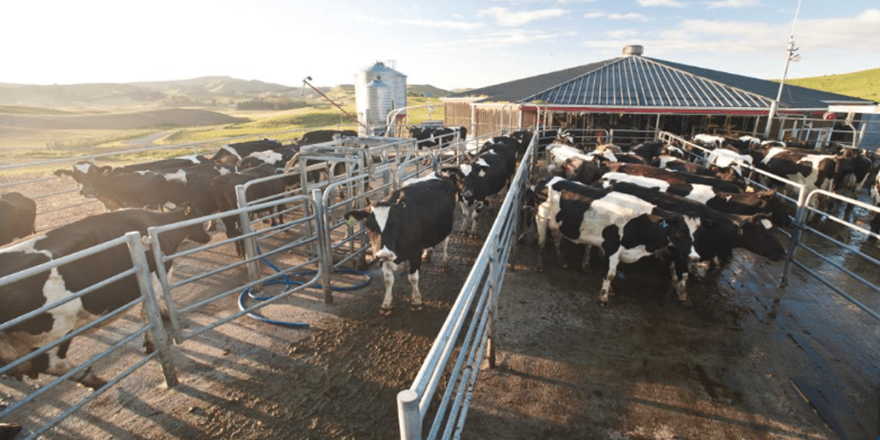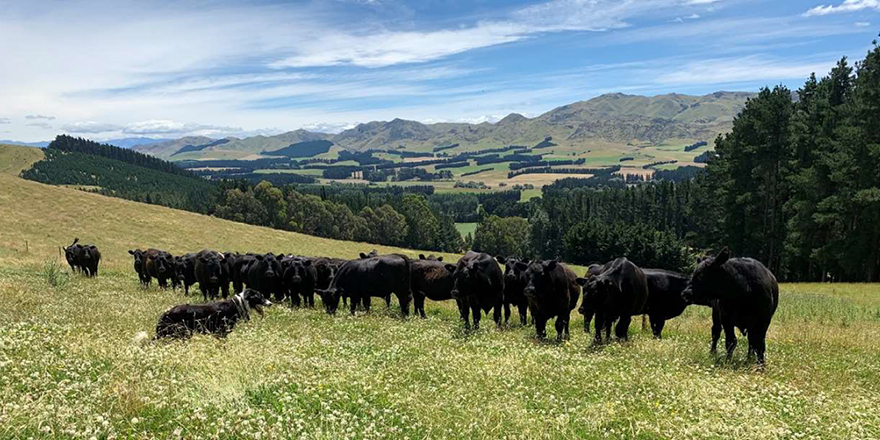
Executive Summary
The recent outbreak of Mycoplasma bovis (M. bovis) has shone the biosecurity spotlight directly on the pastoral sector and follows recent serious biosecurity breaches in the horticulture sector with Pseudomonas syringae pv. actinidiae (Psa) devastating kiwifruit orchards in 2010.
Biosecurity in New Zealand is primarily governed through the Biosecurity Act 1993 and is led by the Ministry for Primary Industries (MPI). In 2016 the Government announced a biosecurity initiative managed by Biosecurity New Zealand (MPI) which sought to establish a ten-year plan for managing risk.
MPI, DairyNZ, Federated Farmers and others have developed significant resources to assist farmers in managing biosecurity risk. The industry has long been aware of the risk posed by incursions with KPMG’s Agribusiness Agenda ranking biosecurity as the number one priority for the last eight years.
The objective of this report is to develop an understanding of industry demand for farm specific biosecurity plans and to test appetite for a method of delivery. It deals specifically with the development of an active on-farm biosecurity plan; what it needs to cover, who needs to be involved and how farmers and industry can be assured it is specific and fit for purpose.
An online survey of farmers was developed and distributed through social media platforms Facebook and Twitter. The ten-question survey site recorded 101 unique visits and resulted in 49 completed surveys.
Whilst many farmers are acutely aware of the major sources of biosecurity risk to their business, they don’t necessarily have a clear picture of their obligations, or where a farm plan sits as part of the wider New Zealand biosecurity ecosystem and many feel responsibility sits with them, as guardians of the land, to manage that risk in isolation.
This report highlights farmer desire for assistance in bringing together the various strands of biosecurity information to develop a farm specific plan and for assistance in assessing whether that plan is fit for purpose. Furthermore, farmers felt it would be beneficial to industry if all farms had an active biosecurity plan.
A conclusion of this report is that a digital approach would enable ease of management for farmers and this aligns with the Biosecurity 2025 ambition to have a digital data commons. Consultation with other food producing industries suggests that any solution should seek to manage risk across the entire pastoral farming sector and develop a digital solution that will provide the ability to share data and manage industry risk collectively.
Managing the national standard of biosecurity plans could be achieved through the use of new micro credentials, or bite-sized qualifications, approved by the New Zealand Qualifications Authority. Primary ITO can develop specific unit standards for a biosecurity micro credential and as such would take responsibility for managing quality and consistency of on-farm biosecurity plans.
A micro credential linked to an on-farm biosecurity plan with the ability to be managed by farmers digitally would provide a fit for purpose solution for industry in terms of managing biosecurity risk and support from milk processors might see it fit seamlessly with existing digital solutions or on-farm schemes.
The New Zealand Government Industry Agreement on Biosecurity Readiness and Response (GIA) forum might provide the best framework to develop digitally enabled on-farm biosecurity plans.
Download and read the full report here




